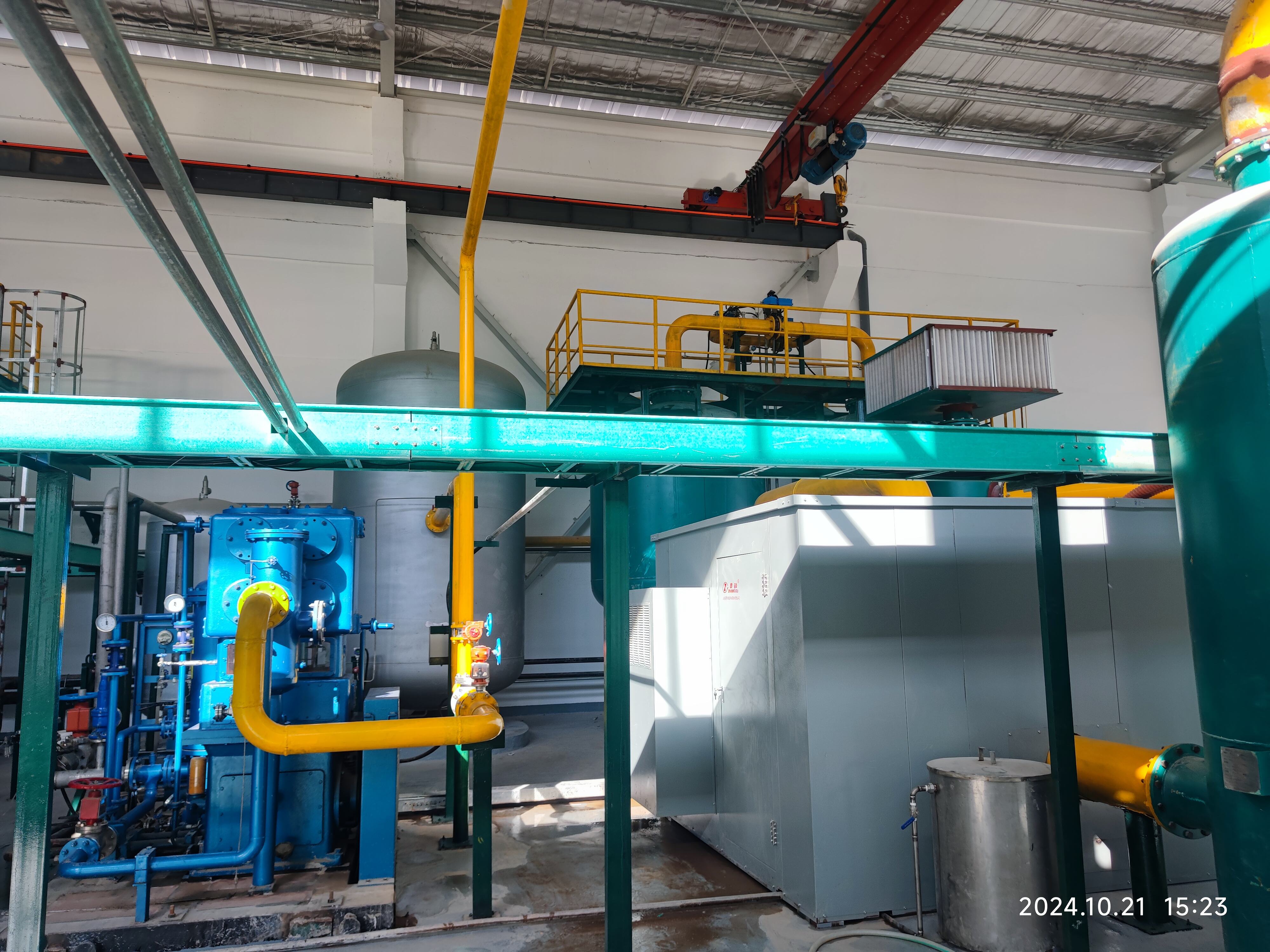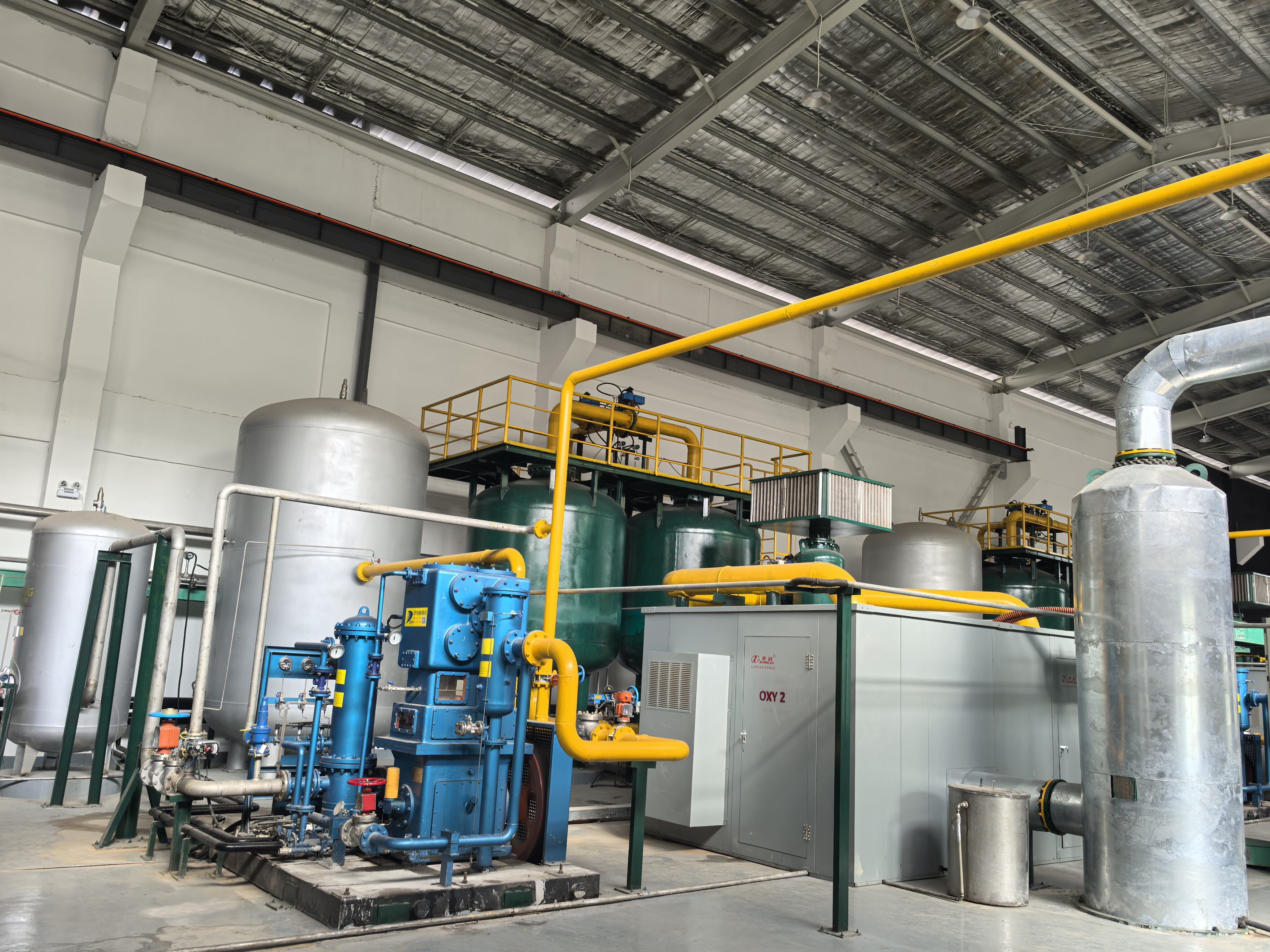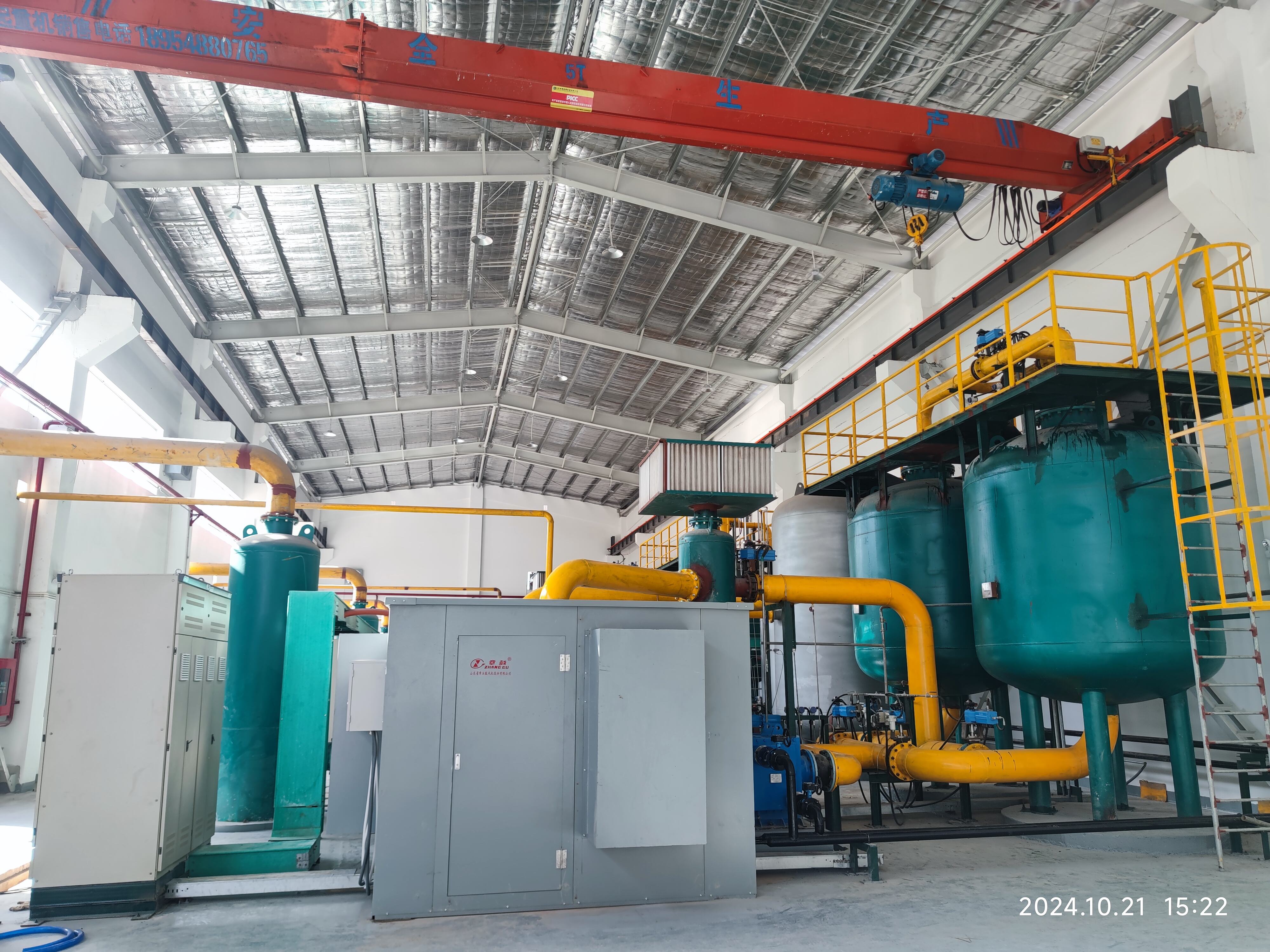псa арқылы кисород жасау жүйесі
Давление және Свинг Адсорбция (PSA) кислород өнімдері жүйесі - бұл орналасқан кислород өнімдерінің инновациялық шешімі. Бұл сапар технология молекулалық сейке арналған специалдық қауіптерді пайдаланып, атмосфердегі ҳавадан кислородты бөліну тиіс етеді, басқа қолданбалар үшін қысқаша кислород береді. Жүйе циклдік процесті арқылы қозғалады, молекулалық сейкелер арқылы сыйықталған ҳава өтеді, нитрогенді таңдау арқылы адсорбциялаудың қатынасын азайту арқылы кислород өтеді. Бұл процестің көптеген контейнерлері бар, олар өзара ауыстырылып, кислород өнімдерін дайындауға тырысады. PSA жүйесі кислородтың тазалығының деңгейі 95%-қа дейін жетуге болады, бұл медициналық, санайлық және коммерциялық қолданбалар үшін қажетті. Кез келген уақытта операциялық параметрлерді мониторингдеу және өзгертуге арналған модерн PSA жүйелері қамтамасыз етілген қойылатын жүйелермен жұмыс істейді, бұл оптималдық жұмыс және эффективдылықты қамтамасыз етеді. Бұл жүйелер қамтамасыз етілген қорғанымдық элементтермен жасалған, олар басын мониторингдеу, кислород тазалығы сенсорлары мен автоматты өңдеу механизмдері бар. Модульдік дизайны кислород өнімдерінің емгілетінін қысқартуға мүмкіндік береді, бұл талаптарыңыздың өзгеруіне сай. Ешқандай жүйе арнайы қорытындысында қысқаша техникалық қызмет көрсету қажет, оның көп компоненттері ұзақ уақыт қолдануға және тез өзгертуден тыс болады.


